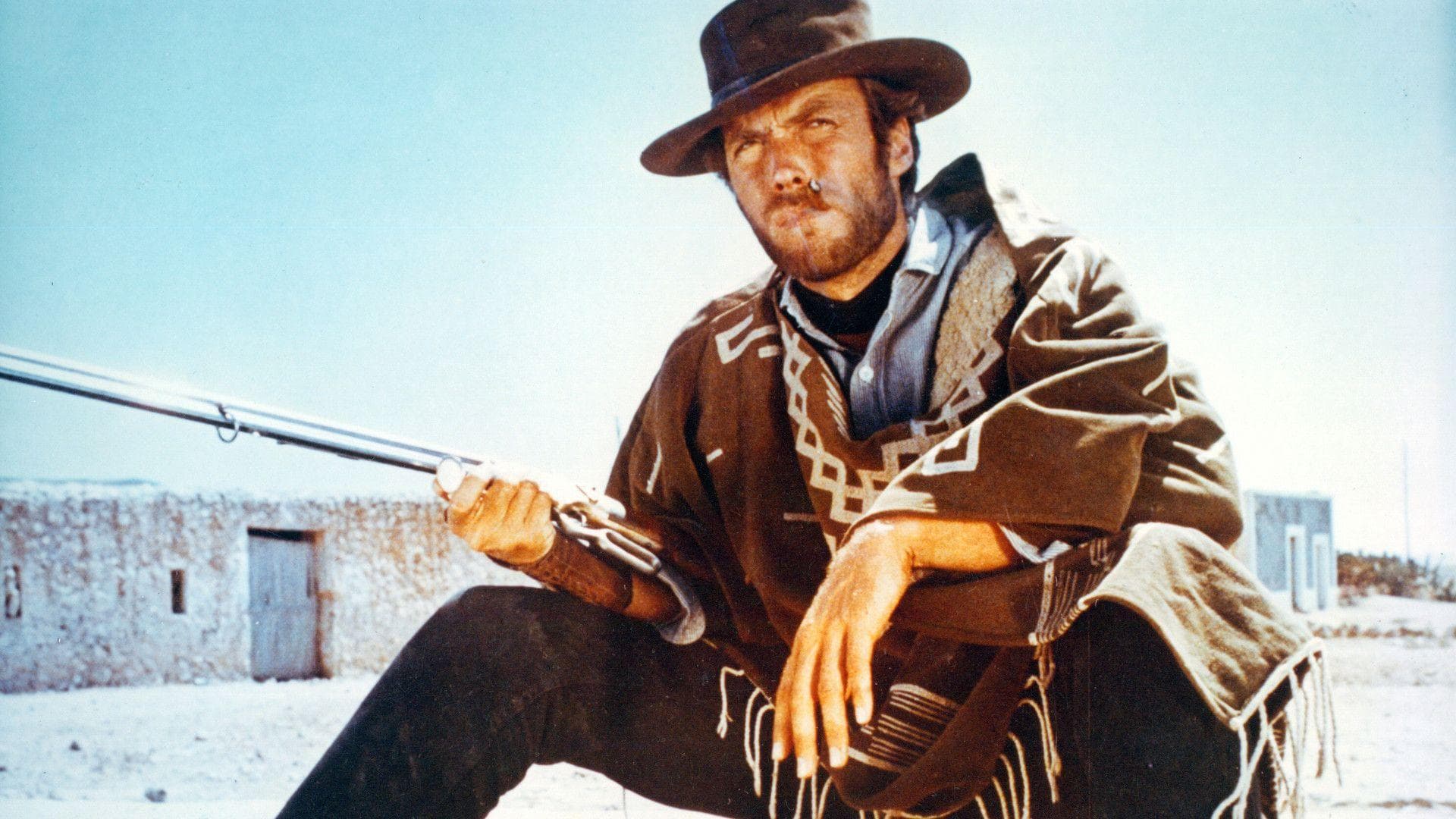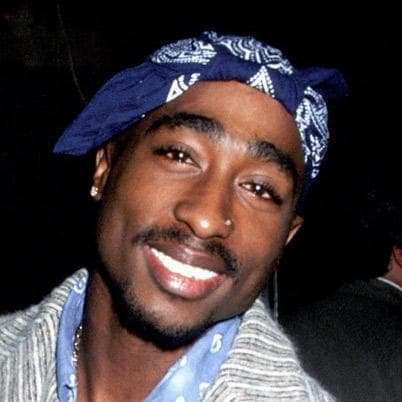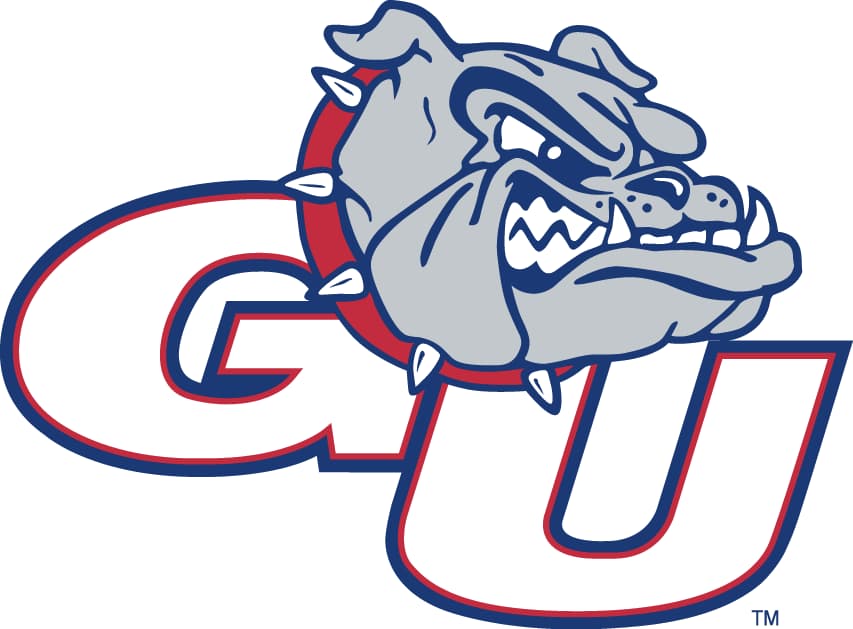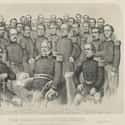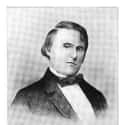-
(#7) A Goat Who Didn't Make It Home
McIntosh, James McQueen, Class of 1849, Confederate. McIntosh could trace his lineage back to England’s Jacobite uprising in 1715, and most of his clan emigrated to America in 1739. His father died at Molino del Rey during the Mexican-American War; however, McIntosh was the first in his family to receive a military education. He believed, though, that, once he was tested on a subject, he no longer had need of the knowledge and performed a “spec and dump,” a term still used at West Point. McIntosh started his military career as a Federalist but quickly changed his mind while stationed at Ft. Smith, AR. He resigned his commission, and, while en route to Atlanta, GA, he met Salon Borland, father of Harold Borland, who had raised a calvary brigade and was marching on Ft. Smith. McIntosh volunteered to take a leading role in organizing a Confederacy frontier force. He was commissioned as a Major in the Confederate Army and rose to the rank of Colonel of the Second Arkansas Mounted Rifles. He served with distinction, but he missed all the grand battles of the Civil War. He died at the Battle of Pea Ridge (AR) on March 7, 1862.
-
(#2) Albert Gallatin Edwards
- Dec. at 80 (1812-1892)
Edwards, Albert Gallatin, Class of 1832, Union. After graduation from West Point, Edwards was stationed near St. Louis, Missouri, with the Mounted Rangers and Dragoons. He retired shortly after his marriage to Louise Cabanne and became a merchant and bank commissioner. He was appointed Brig. Gen. of the Missouri Volunteers. Although he didn't see any action, President Lincoln appointed him as Assistant Secretary of the U. S. Treasury. In 1887, at the age of 75, he founded the brokerage firm A.G. Edwards & Son Stock and Bond Traders.
-
(#11) The True Spirt Of This Goat Shone Forth At Chancellorsville
Warner, Charles Nelson, Class of 1862, Union. Warner was sent home to Pennsylvania in 1861 when he failed an exam partly because of a prank pulled by Cadet George Custer. However, at the onset of the Civil War, he was offered the chance to try again. He struggled mightily in his studies but graduated with the Class of 1862 as the Goat, becoming a rare Goat who got a chance to serve with the artillery. Warner wanted to be in the Artillery Corps because it was easier work than infantry or calvary. He was commissioned as a Second Lieutenant with the Second Artillery Regiment. His first battlefield experience was at the Battle of Antietam. At Chancellorsville, he led a heroic stand which saved many a Union soldier’s life that day. He served with the Union for eight years and resigned to become a lawyer.
-
(#4) The Goat Who Exemplified The True Meaning Of The Term
Crittenden, William Logan, Class of 1845, American. While Crittenden died before the Civil War, his spirit and bravery make him the epitome of the Goat. After graduation, he fought with merit in the Mexican-American War. In 1851, he resigned his commission to take part in the liberation of Cuba from Spain. He joined the Narciso Lopéz expedition. He and his men were cut off from the main forces, and he made the decision to return to Florida. They commandeered four small fishing boats, but they were captured by the Spanish warship Habanero and returned to Havana where they were brought up on charges of piracy and condemned to death by firing squad. The condemned were led out to the execution site in groups of 10. The firing squad commander demanded that Crittenden order his men to turn their backs to the firing squad and to kneel. Crittenden responded plainly, “[a] Kentuckian turns his back on no man and kneels only to God.” The execution was carried out on August 16, 1851.
-
(#9) So, How Many Pieces Does a 12-pound Artillery Shell Break Into?
Borland, Harold, Class of 1860, Confederate. Borland and George W. Vanderbilt of New York ran a neck-and-neck race to the bottom. During an exam, Borland was asked how many pieces would a 12-pound shell burst into. After pondering over the answer for some time, he responded with “more than two.” When Borland accepted his diploma and walked back to his seat, his fellow graduates broke out in a loud cheer. He was assigned to the Mounted Rifles, but he resigned to join the Confederate Army as an infantryman. He became the assistant adjutant on Gen. Slaughter’s staff. It was under these circumstances that he was captured aboard the Alice Vivian, which was trying to run the Mobile-Havana blockade. He spent a little over a year in a prison in Boston Harbor – until he was exchanged for Major Forbes of Boston on October 1, 1864. After the war, he became a federal tax collector.
-
(#8) This West Point Goat Vowed To Never Surrender
Baker, Laurence Simmons, Class of 1851, Confederate. Upon graduation, Baker was assigned to the Mounted Rifles and served on the frontier in Kansas, Dakota Territory, Texas, and New Mexico. He joined the Confederate Army in 1861 and, within a year, commanded the First North Carolina. Baker and Custer were both at the scrimmage near Rummel Farm during the First Battle of Gettysburg. Both forces fought each other in savage saber to saber fighting, but Custer and Baker did not fight each other personally. Both managed to survive the fight unscathed – though Custer lost 219 men from his brigade. On July 31, 1863, Baker lost his right arm, leaving him permanently disabled. He was sent to North Carolina where he was given command to organize the defense of the state.
On April 12, 1865, Baker received orders to reinforce Gen. Joseph E. Johnston near Raleigh, NC. On April 13, 1865, Baker was leading his small group of men when he heard that Lee had surrendered on April 9, 1865, and the Army of North Virginia received parole. Baker and his men didn't believe that the war was over and decided to continue onwards. Baker’s honor would not allow him to surrender. They evaded capture until April 18, 1865 when they discovered that Johnston had surrendered. Naler issued General Order No. 25 disbanding his troops. Baker rode home, head unbowed and honor intact.
New Random Displays Display All By Ranking
About This Tool
There are many anecdotes about the West Point Military Academy, and many famous military leaders and politicians who came from the West Point Military Academy, and people believed that these legends were all top students trained by the West Point. But they are wrong, the West Point has a tradition, the student who ranked last is called "goat". In the most important battle in the Civil War, the Battle of Gettysburg, there were 3 West Point "goats".
This random tool tells the little-known facts of 12 great West Point "goats" in the American Civil War that you should know, who changed the history of the US.
Our data comes from Ranker, If you want to participate in the ranking of items displayed on this page, please click here.

